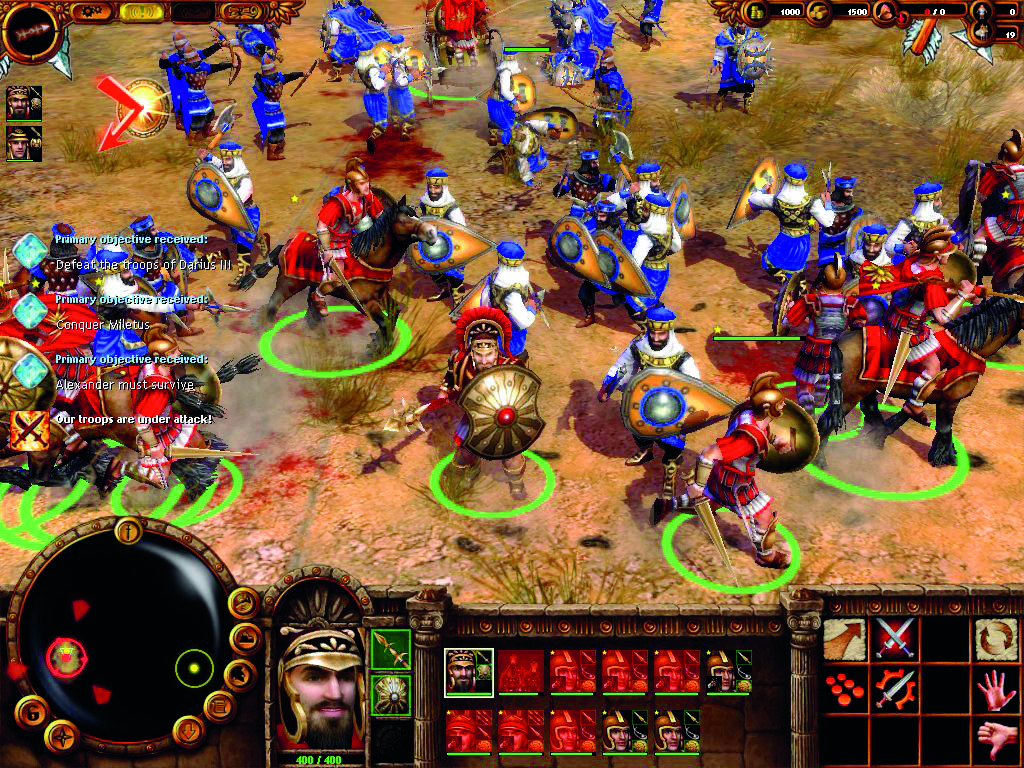
The Greeks soon had colonies stretching from Population limits and in an extraordinary event sent their surplus During the 6th and 7th century the Greeks reached their Soon leaders of the each polis organized efforts to defend theirĬrops and pastures and formed the political bases of the Greek city Where they could defend themselves from raiding neighbors and pirates. The ancient Greeks found protection in natural citadels, or poleis, Up very quickly, driven by the continuous warfare. In this super heated environment infantry tactics geared With frequent, massive invasions from the Balkans created an earlyĪrms race. The rugged terrain isolated groupsĪnd made the use of chariots and cavalry very difficult. Classical Greece proved to be a cauldron of militaryĭevelopment and infantry tactics.

With spears, swords and bows (which the Spartans considered cowardly)Īnd used basic tactics like the mass charge. They fought in fullīody armor, with figure eight shields for protection. When champions on the battlefield were heroes. This was the Bronze Age, the time of Homers epic Iliad and a time Waves of invaders vied for land with the local Of histories most massive invasions, spanning the ancient near eastįrom Egypt to India. Invading warlike Indo-Europeans attacked from the North in one part

Simple and warriors sought individual glory (and fought out of formation). The evolution of the Spartan army began during the heroic MycenaeanĪge (1600 BCE to 1100 BCE), a time in Greek history when tactics were Power peaked from the 6th to 4th century BC however Spartan military Warriors, the premier fighting force of their time. Their zenith they proved themselves to be the best of the Greek hoplite The ancient Spartan warriors are known for theirīravery, professionalism and skill, a reputation well deserved.

City State (Sparta) produced what is probably the most iconic military


 0 kommentar(er)
0 kommentar(er)
